By May 21, 1940, France was broken. German armored forces, breaking through the dense Ardennes Forest and driving toward French ports along the English Channel had broken the hinge between the British Expeditionary Force and French forces fighting in northern France and Belgium; and the main body of the French army fighting further toward the south. Desperate to sever the German spearhead, British and French tanks and infantry launched an assault at Arras. Their effort failed in its objective—but just may have helped to save the British army.
In its original conception, the plan was for a combined force under Major General Harold Franklyn, consisting of the British 5th and 50th Divisions, supported by the 1st Army Tank Brigade and some French tank forces, to attack southward from the old WWI battlefields of Vimy Ridge and Arras, while larger French forces under their new commander, General Maxime Weygand, attacked generally to the north—pressuring the Germans from opposite directions and ideally chopping their forces in two. Just two days before the coordinated attack was to begin, however, Weygand cancelled his part in it, forcing Franklyn to mostly go it alone. In response, he reduced his objectives to simply pushing the Germans back from Arras.
Even so, organizing the reduced attack was difficult, for British forces were disorganized and becoming demoralized; and the German Luftwaffe had control of the air. After weeks of almost constant movement, British tanks were worn out to the point that one in four had broken down. Worse, armored, infantry, and artillery officers showed little interest in cooperating. Reconnaissance had been weak, and the terrain on which they would be operating—to say nothing of German dispositions—remained a mystery.
Despite all of these ill omens, initial indications were good as the attack went forward in two columns on the afternoon of May 21. German forces, assuming their enemies beaten, were taken by surprise. In some places, British tanks broke into the flanks of German supply columns, wreaking havoc on soft-skinned vehicles and rear-echelon formations. British Matilda tanks, excruciatingly slow but heavily armored, proved impervious to smaller antitank weapons, and at first threw German defenders into panic. As the tanks drove ahead, however, the absence of supporting infantry made it difficult for the British to consolidate their gains.
German forces in this sector, consisting of the 5th and 7th Panzer Divisions under the command of General Erwin Rommel—the future “Desert Fox”—regrouped quickly. German artillery, unsuppressed by British infantry or aircraft, began hitting back. Heavier weapons, including the fearsome 88mm antiaircraft weapon now being used in an antitank role, began knocking out the British Matilda tanks. German infantry let the British tanks pass to the rear, and then resumed fighting, holding back British infantry following far behind.
Bedeviled by confusion and lack of coordination among his own units, as well as between British and French forces, General Franklyn finally called off the attack. His armored forces had penetrated 10 miles, captured several hundred Germans, and thrown enemy supply columns into temporary confusion. This came at the cost, however, of losing dozens of irreplaceable tanks, and further exhausting his already tired troops. The attack had not even come close to breaking Rommel’s armored spearhead, or saving France.
In the long term, however, the Arras attack had profound if unintended consequences. Adolf Hitler and many of his generals, overestimating the significance of the British attack and spooked that it might be a harbinger of further assaults, demanded measures to contain the British around Arras at the expense of continuing to support German operations along the coast. Hitler’s halt order provided the British with vital time to prepare their defenses along the Channel coast, and facilitated the evacuation from Dunkirk that would save the British army.
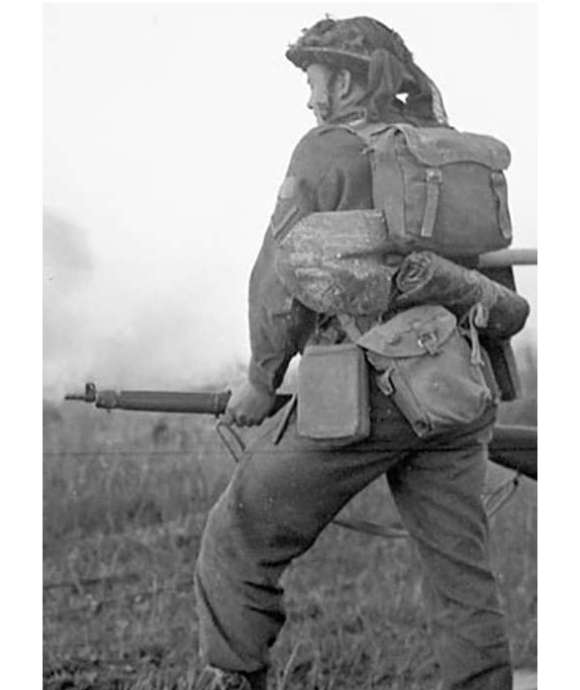
Forgotten Fights: The Canadian Black Watch at Verrières Ridge, July 1944 by Author David O'Keefe
The Canadian offensive on Verrières Ridge, led by the Canadian Black Watch, was a savage "forgotten fight" that helped ensure General Omar Bradley's US Army breakout from Normandy in Operation Cobra.
Ed Lengel, PhD
Edward G. Lengel is the former Senior Director of Programs for the National WWII Museum’s Institute for the Study of War and Democracy.
Cite this article:
MLA Citation:
APA Citation:
Chicago Style Citation:
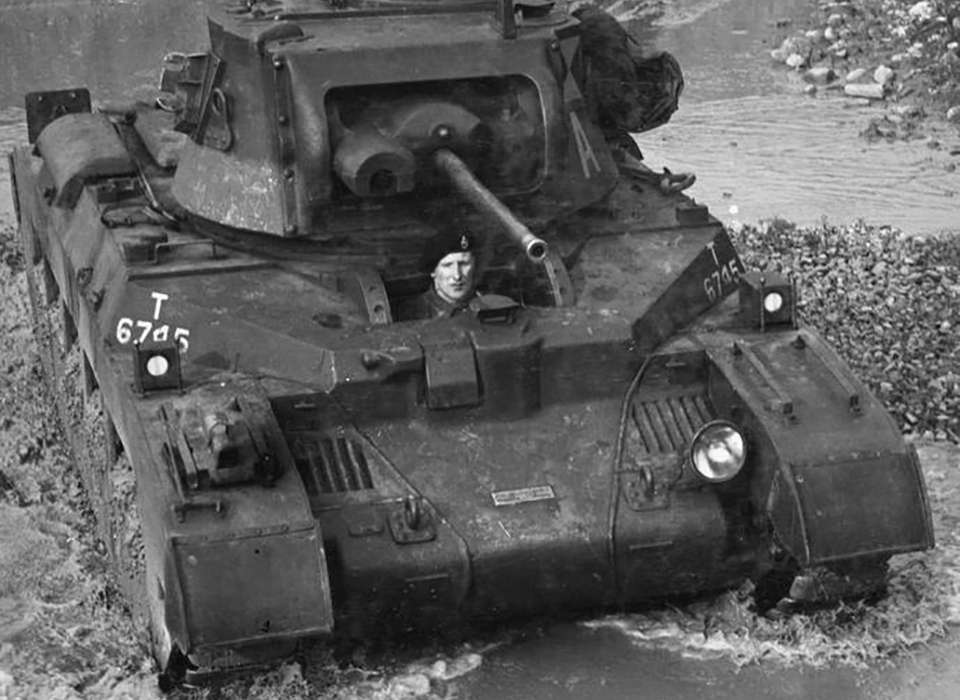
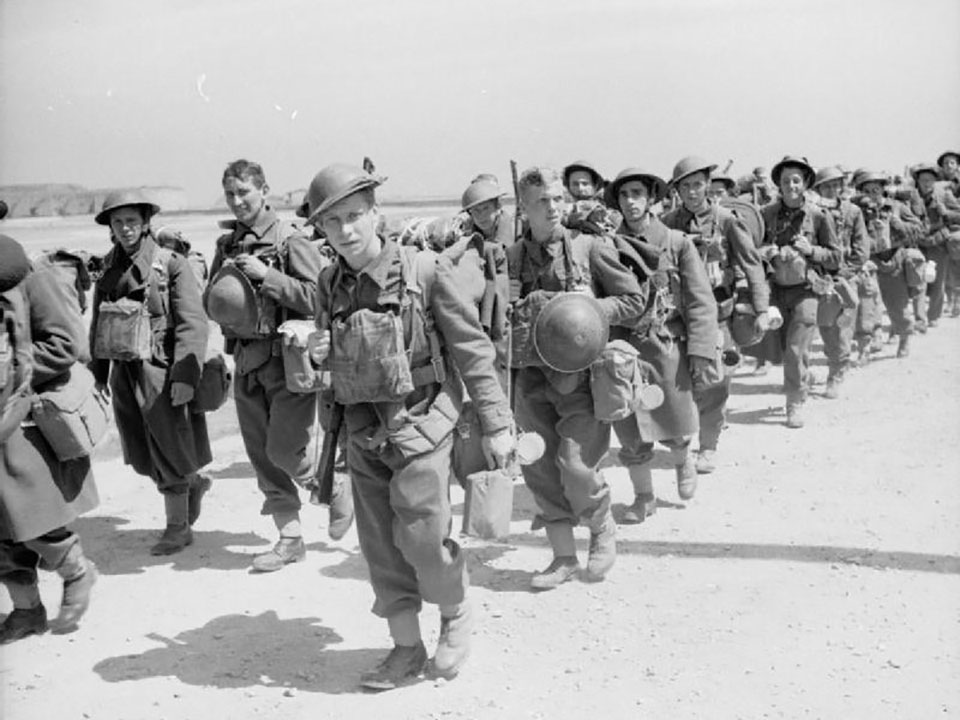
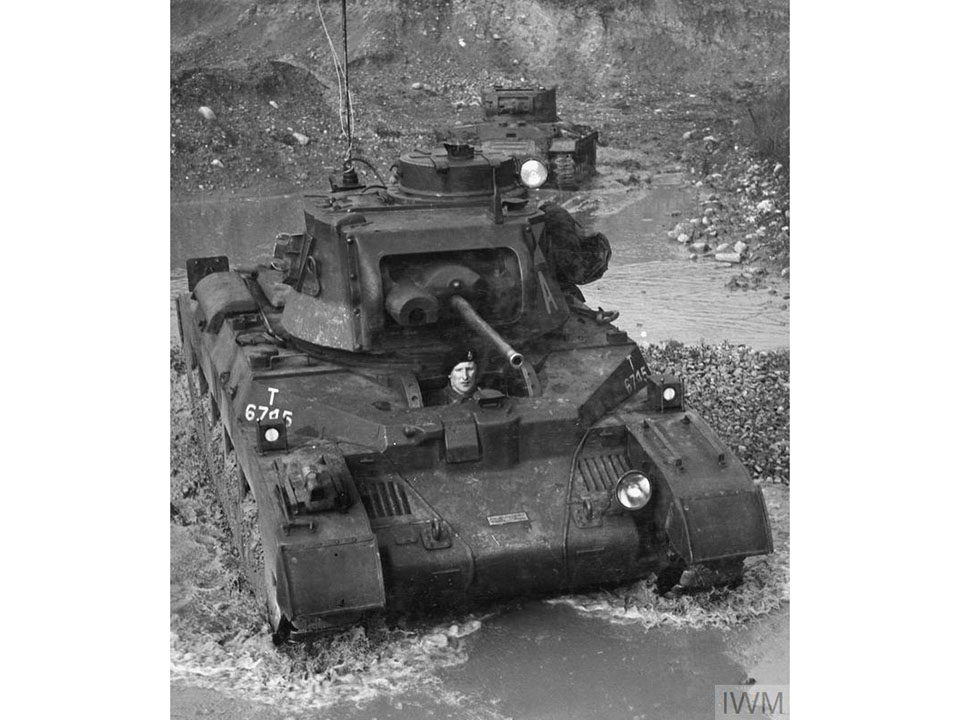
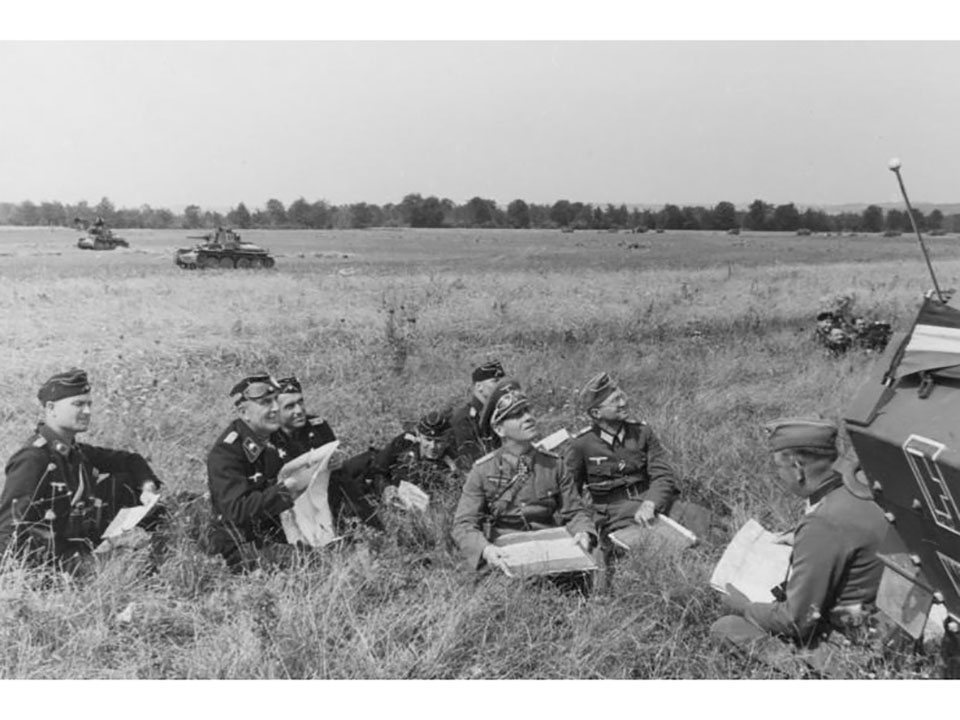




![Max Fuchs, New York City cantor, sings as Rabbi Sydney [sic] Lefkowitz, Richmond, VA, conducts the first Jewish services from Germany.](/sites/default/files/styles/max_650x650/public/2025-10/image1.jpg)



